Sutliff & Stout took an interest in me as a person, not just dollar sign..
I was in a terrible car wreck, one that could have ruined me considering today’s economy. After searching far and wide, I finally found Sutliff & Stout. Their character and high morals were exemplified in my legal representation against huge power company. Through their expertise, I received proper medical care plus the money I needed to pay for future medical treatment and secure my financial future.
- Judy J.
Sutliff & Stout took an interest in me as a person, not just dollar sign..
Most lawyers will take cases for the money. Sutliff & Stout took an interest in me as a person and not just dollar sign. If you want attorneys who will do their best, and go the extra mile, Sutliff & Stout are perfect for you. They took care of everything after my personnel basket transfer accident, and their efforts made sure that my family would be taken care of in the future.
- Tony N.
I felt like I was talking to old friends…
When I met Hank and Graham of Sutliff & Stout, I felt like I was talking to old friends. We met, discussed my case and they were off and running. After promptly filing a lawsuit on my behalf, they even helped find a good doctor for me. Sutliff & Stout were very interested in getting the justice I deserved. They were also very attentive to any questions or theories I had.
- Danny H.
Sutliff & Stout fought to make my situation a bit more bearable…
Sutliff & Stout immediately started working on my case and resolved it as soon as they could, because they understood I had been through enough after the death of my husband. Although a number of lawyers refused to help me because of the risk and cost involved in my case, Sutliff & Stout boldly took on my case and obtained a settlement that secured my economic future and, thereby, lessening the load on my shoulders after the accident. Where the other lawyers turned their backs, Sutliff & Stout fought to make my situation a bit more bearable.
- Linda F.
These guys are tireless and fierce advocates…
Having never been in a car accident before, I assumed the insurance company for the 18-wheeler would take care of everything, and do so honestly. I was wrong. The insurance company refused to help me with my medical bills and wouldn’t treat me fairly. That’s when I contacted Sutliff & Stout. Thankfully, they stepped into the picture and made sure that I was treated fairly and with respect. These guys are tireless and fierce advocates for their clients. Sutliff & Stout provided clear explanations at every step, outlined my options, and carried out any decision I made. I was very fortunate to have found this firm.
- Shannon H.
Sutliff & Stout were there for me…
I had an accident with an 18-wheeler. All I wanted was for my medical bills to be taken care of but the company would not help. Sutliff & Stout came to my house, sat down with me and discussed my options. I liked them immediately. I’d never been involved in an accident with a vehicle that massive before. It was scary, and I didn’t know what to do. Sutliff & Stout were there for me, and they helped me map a strategy to achieve all of my goals. I highly recommend Sutliff & Stout for any legal matters you may have.
- Matt K.
Sutliff & Stout made sure that I was always informed and up to speed…
My daughter and I sustained a significant loss due to a defective tire. I didn’t know where to turn to, until I found Sutliff & Stout. Sutliff & Stout were very knowledgeable about the law as it pertained to my case. They were definitely client driven, understanding, and aggressive. Sutliff & Stout made sure that I was always informed and up to speed on any of my case developments and I was never out of the loop on any aspect of my case.
- Kendall W.
I would recommend their services to anyone…
When I was rear-ended by a commercial truck, I needed an aggressive attorney to pursue the trucking company responsible for putting the driver on the road. Sutliff & Stout cared about me enough to help me find quality medical assistance for my neck injury. I would recommend their services to anyone in need of help.
- Shavona W.
Sutliff & Stout still got me the compensation necessary to treat all my injuries…
Despite all of my prior medical problems, Sutliff & Stout still managed to win me the compensation necessary to treat all my injuries. After my accident, I was able to recover my lost wages and received a great amount of compensation for my losses. I have easily recommended Sutliff & Stout to my family and friends a number of times, and highly recommend them to you as well. Thanks again.
- Doyle A.
I will always go to Sutliff & Stout…
I suffered a neck injury that kept me out of work for a long time. The good news was that I didn’t have any bills afterwards; even my hospital and my ambulance bills were paid for after my accident. The insurance company settled once Sutliff & Stout boldly showed them we were prepared to try the case. I will always go to Sutliff & Stout.
- Susan C.
They were patient, and always made sure I understood everything…
I never thought I would be in a situation where I needed an attorney. I actually never thought I would be in a dredging accident. I found Sutliff & Stout through a friend and I turned everything over to them. They walked me through all the steps, and I asked loads of questions, but they were patient, and always made sure I understood everything. I am really happy that I chose such a good law firm to help me.
- Anthony R.
Without Sutliff & Stout, I would not have been treated fairly…
When ten different attorneys gave me the cold shoulder, Sutliff & Stout warmly accepted me and my case. When I thought there was no hope for me, Hank and Graham worked extremely hard, for a very long time, in order to put me in a position to convince the city to settle. Without Sutliff & Stout, I would not have been treated fairly and would have significant debts as a result of the collision.
- Chris F.
They treated me more as a friend than as a client…
I cannot thank Sutliff & Stout enough for the way they handled my case in a very professional yet caring manner. They treated me more as a friend than as a client. Their endearing ways in dealing with clients show how much they genuinely care. They resolved my case as soon as possible because they didn’t want me to go through any further hardship after already losing my daughter. In my time of need, Sutliff & Stout was there for me.
- Daisie M.
I wouldn’t even dare think of calling any other attorney…
The Sutliff & Stout Law Firm helped me when I needed it the most with true professionalism and courtesy. After my child was injured at a daycare, Sutliff & Stout helped me make the best decisions possible. I would definitely recommend Sutliff & Stout to anyone that needs legal assistance. I wouldn’t even dare think of calling any other attorney.
- Cassie F.
Sutliff & Stout helped me fight back…
I felt slighted and demoralized after a former associate of mine breached an agreement we made. Maybe the person thought I would just give in, but I didn’t. Sutliff & Stout helped me fight back. Their aggressiveness and hard work pushed the defendant to finally pay the rightful amount before we even went to trial. It’s nice to know there are attorneys out there like Sutliff & Stout that will fight for me.
- Client prefers to remain anonymous
We’ll never have to search around for lawyers again, we found our guys…
Our company received the short end of a very bad business deal. Things were looking bleak financially. We’d never been part of a business deal that had gone so bad. When we met Sutliff & Stout, our worries were put to rest. Their commitment and prioritization produced a $850,000 settlement on our behalf. Things are back to normal, and we are financially secure again thanks to the hard work and know how of Sutliff & Stout. We’ll never have to search around for lawyers again, we found our guys.
- Client prefers to remain anonymous












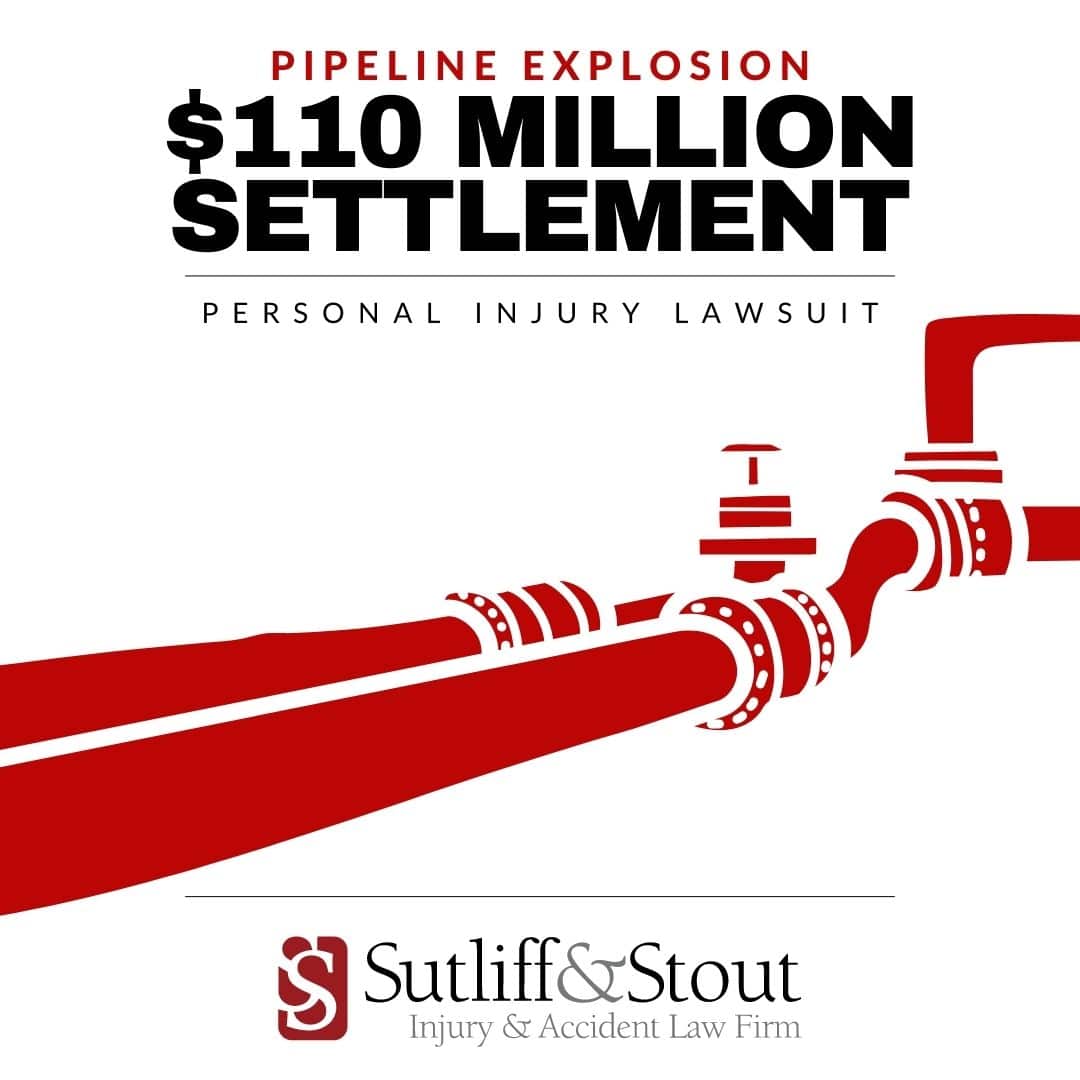
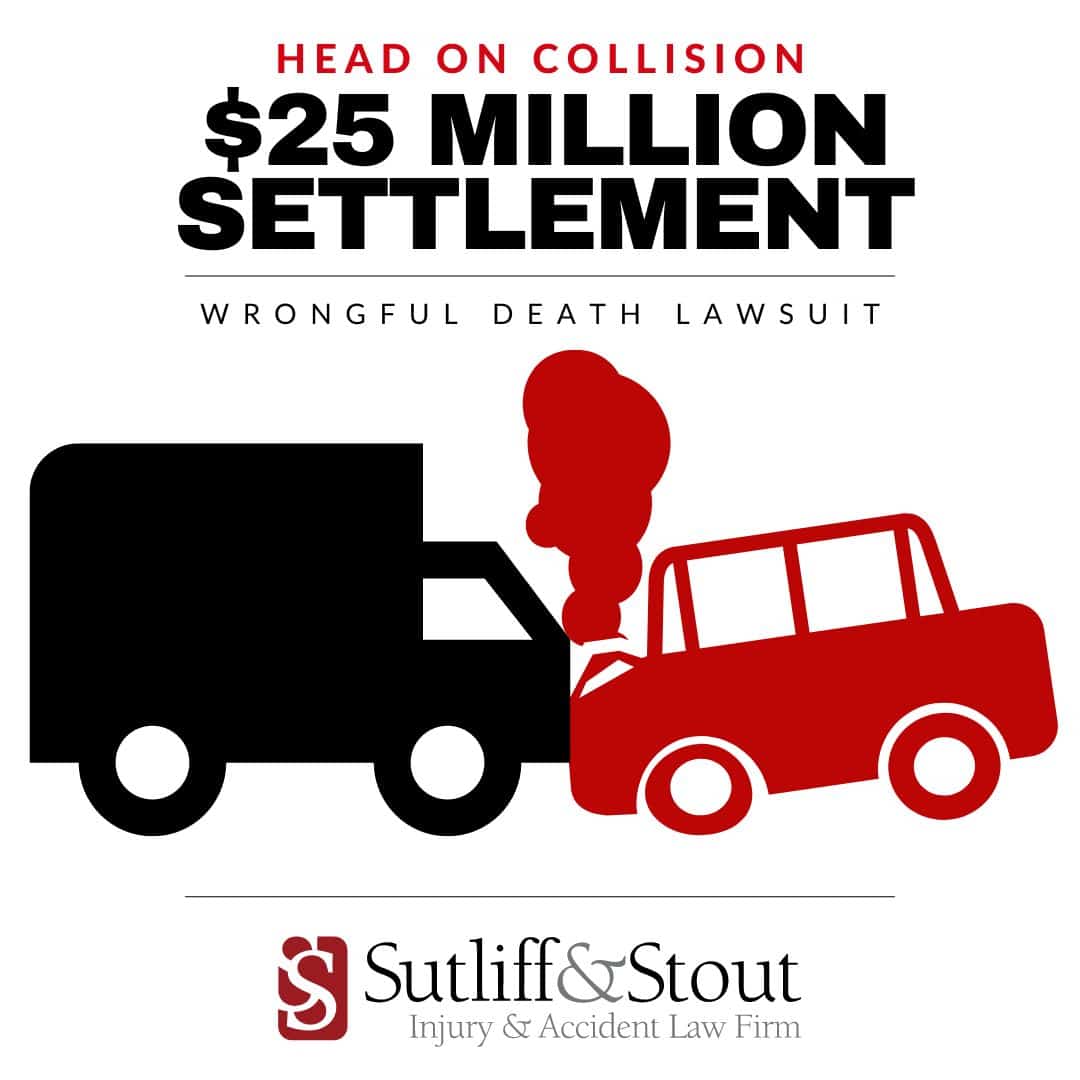
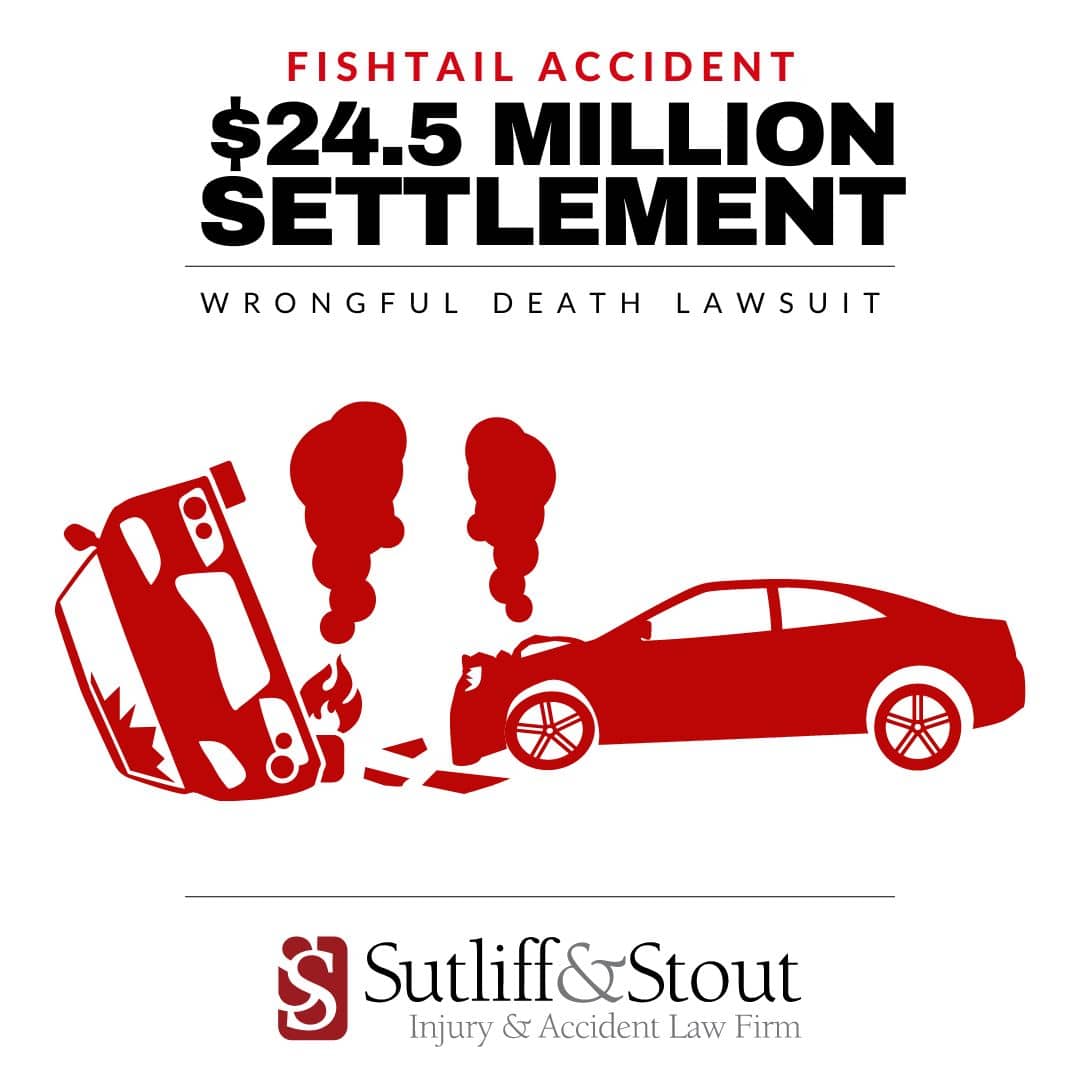
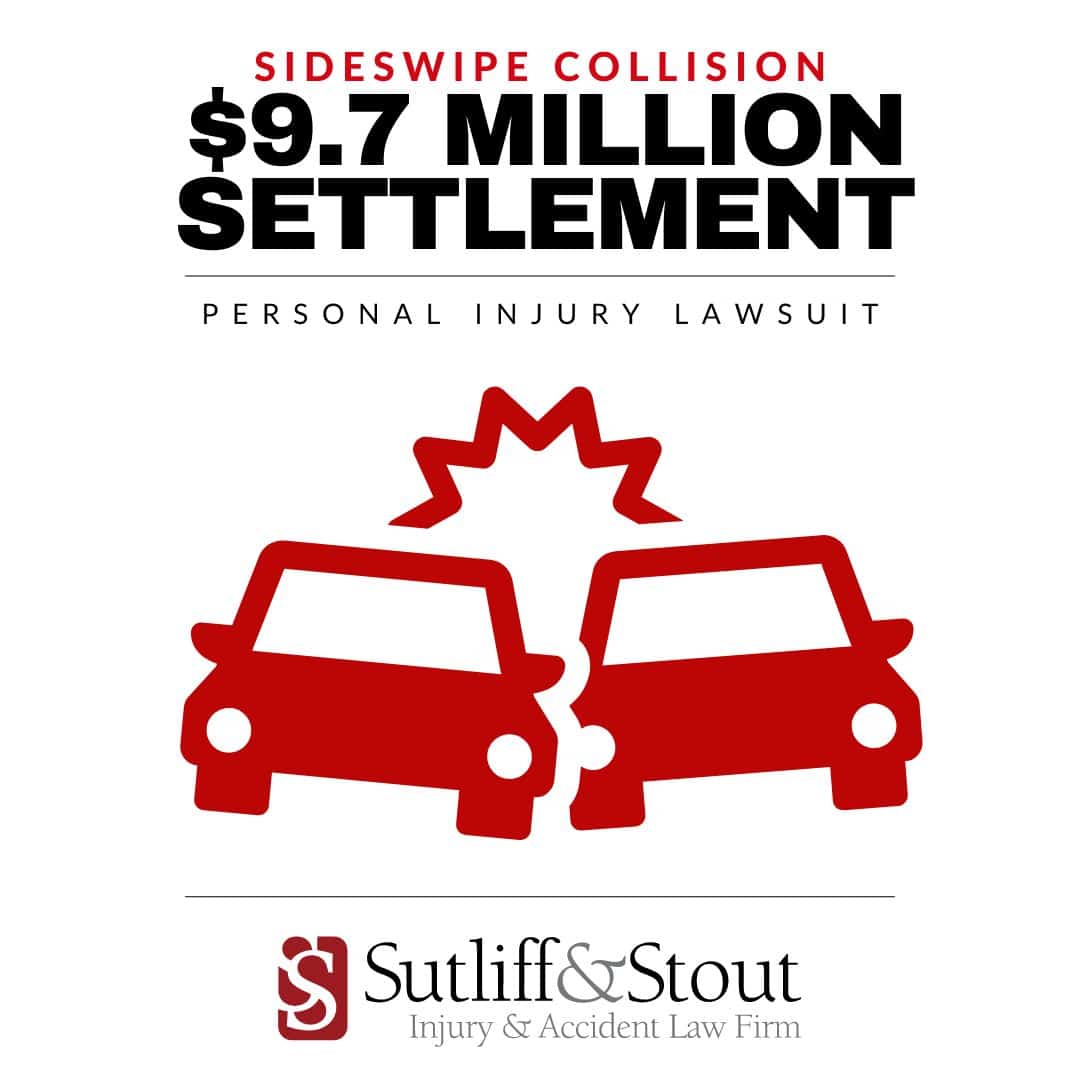






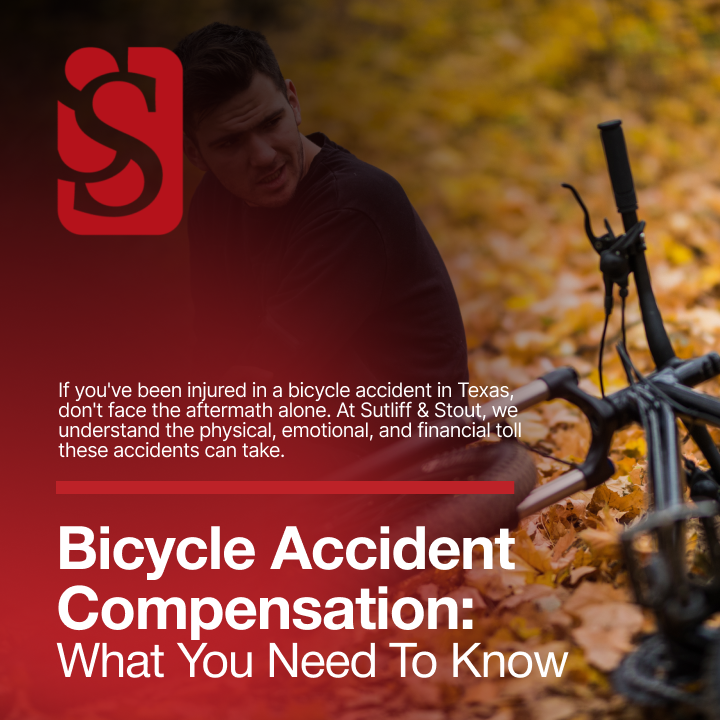
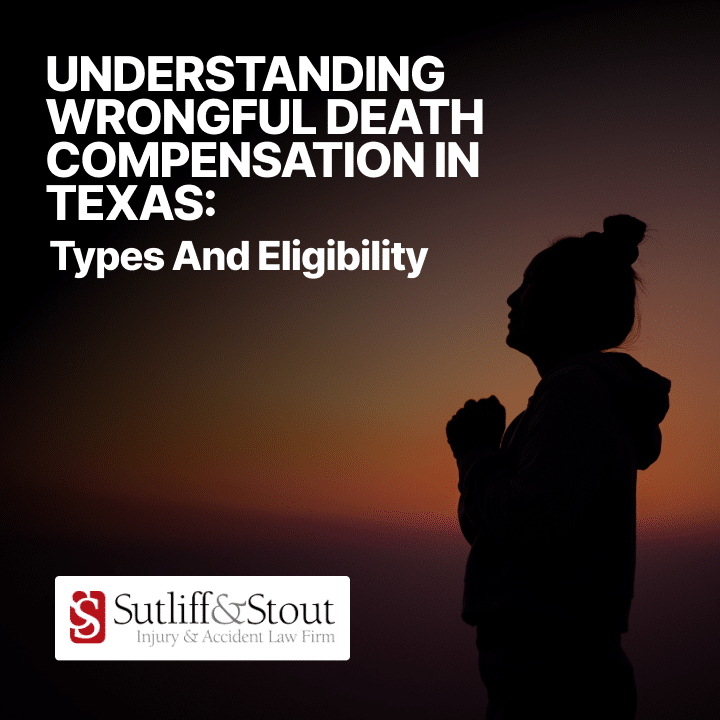
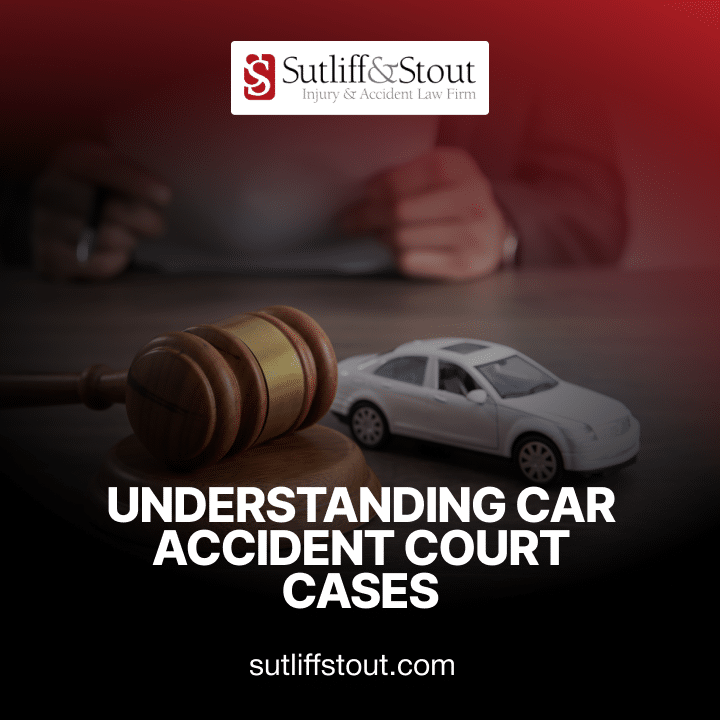
 (713) 405-1263
(713) 405-1263  550 Post Oak Blvd, Suite 530
550 Post Oak Blvd, Suite 530